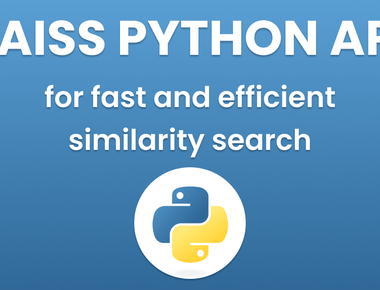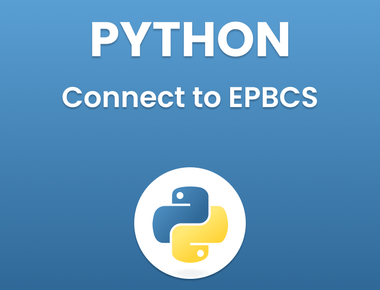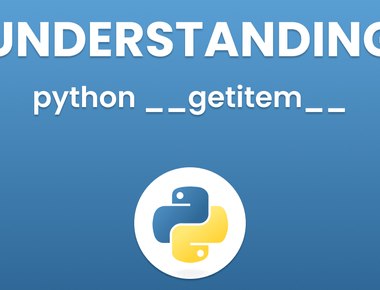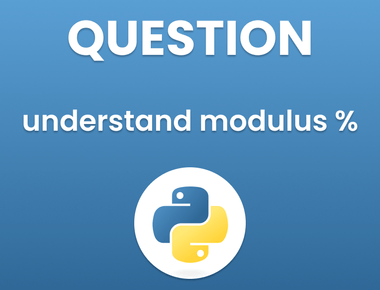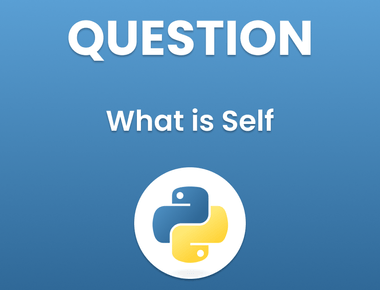Table Of Contents

Understanding Python deque (Double-Ended Queue)
In Python deque (pronounced “deck”) is a versatile data structure that allows you to efficiently add and remove elements from both ends of a collection. It combines the characteristics of a list and a queue, making it a valuable tool for various programming tasks. In this article, we’ll explore the deque data structure, its features, and how to use it effectively.
Importing the deque Class
To use the deque data structure, you need to import it from the collections module:
from collections import deque
Creating a deque
You can create a deque by calling the deque() constructor and passing an iterable (e.g., a list) as an argument.
Here’s how to create a deque:
my_deque = deque([1, 2, 3, 4, 5])
Basic Operations with deque
1. Adding Elements
- append(x): Add an element x to the right end of the deque.
- appendleft(x): Add an element x to the left end of the deque.
my_deque.append(6) # Adds 6 to the right endmy_deque.appendleft(0) # Adds 0 to the left end
2. Removing Elements
- pop(): Remove and return the rightmost element.
- popleft(): Remove and return the leftmost element.
rightmost = my_deque.pop() # Removes and returns 6leftmost = my_deque.popleft() # Removes and returns 0
3. Accessing Elements
You can access elements in a deque like you would with a list, using indexing:
element = my_deque[2] # Access the element at index 2(3rd element)
4. Length of a deque
- len(deque): Returns the number of elements in the deque.
length = len(my_deque) # Returns the length of the deque
Advantages of deque
- Efficient Operations: deque provides fast and efficient operations for adding and removing elements from both ends, making it suitable for tasks like implementing queues and stacks.
- Flexible Data Structure: You can use a deque as a list, a queue, or a stack, depending on your requirements.
- Memory Efficiency: In contrast to traditional lists, deque uses memory more efficiently when elements are frequently added or removed from both ends.
Use Cases for deque
- Queue: Implementing a queue (FIFO - First-In, First-Out) is a common use case for deque. Elements are added to one end and removed from the other.
- Stack: Implementing a stack (LIFO - Last-In, First-Out) is also possible using deque. Elements are added and removed from the same end.
- Sliding Window: deque is useful for solving problems involving sliding windows in algorithms and data analysis.
- Efficient Concatenation: When you need to repeatedly concatenate elements to the beginning or end of a sequence, deque is more efficient than a list.
Example: Implementing a Queue with deque
from collections import deque# Create a queue using a dequequeue = deque()# Enqueue(add) elements to the queuequeue.append(1)queue.append(2)queue.append(3)# Dequeue(remove) elements from the queuefront = queue.popleft() # Removes and returns 1
In this example, we demonstrate how to use a deque to implement a queue. Elements are added to the right end and removed from the left end, following the FIFO principle.
Conclusion
Python deque is a versatile data structure that combines the characteristics of both lists and queues. Its ability to efficiently add and remove elements from both ends makes it a valuable tool for various programming tasks, from implementing data structures like queues and stacks to solving algorithmic problems involving sliding windows. By understanding how to use deque, you can optimize your code for tasks that require dynamic collections with fast insertion and deletion operations.
Subscribe to our newsletter!
Related Posts
Quick Links
Legal Stuff
Social Media


